Summary
- Reading the entire adventure and making NPCs more interesting enhances gameplay and storytelling.
- Stay flexible with story development and adapt the adventure for better pacing to keep players engaged.
- Balancing the spotlight on all players and highlighting key story moments creates a collaborative and immersive experience.
Pre-written adventures in Dungeons & Dragons are ideal for DMs seeking to tell engaging stories without having to create everything from scratch, making them especially useful for beginners. With varied narratives and well-crafted mechanics, they offer rich and exciting experiences, although they may present execution challenges that require preparation to ensure a smooth and rewarding experience.
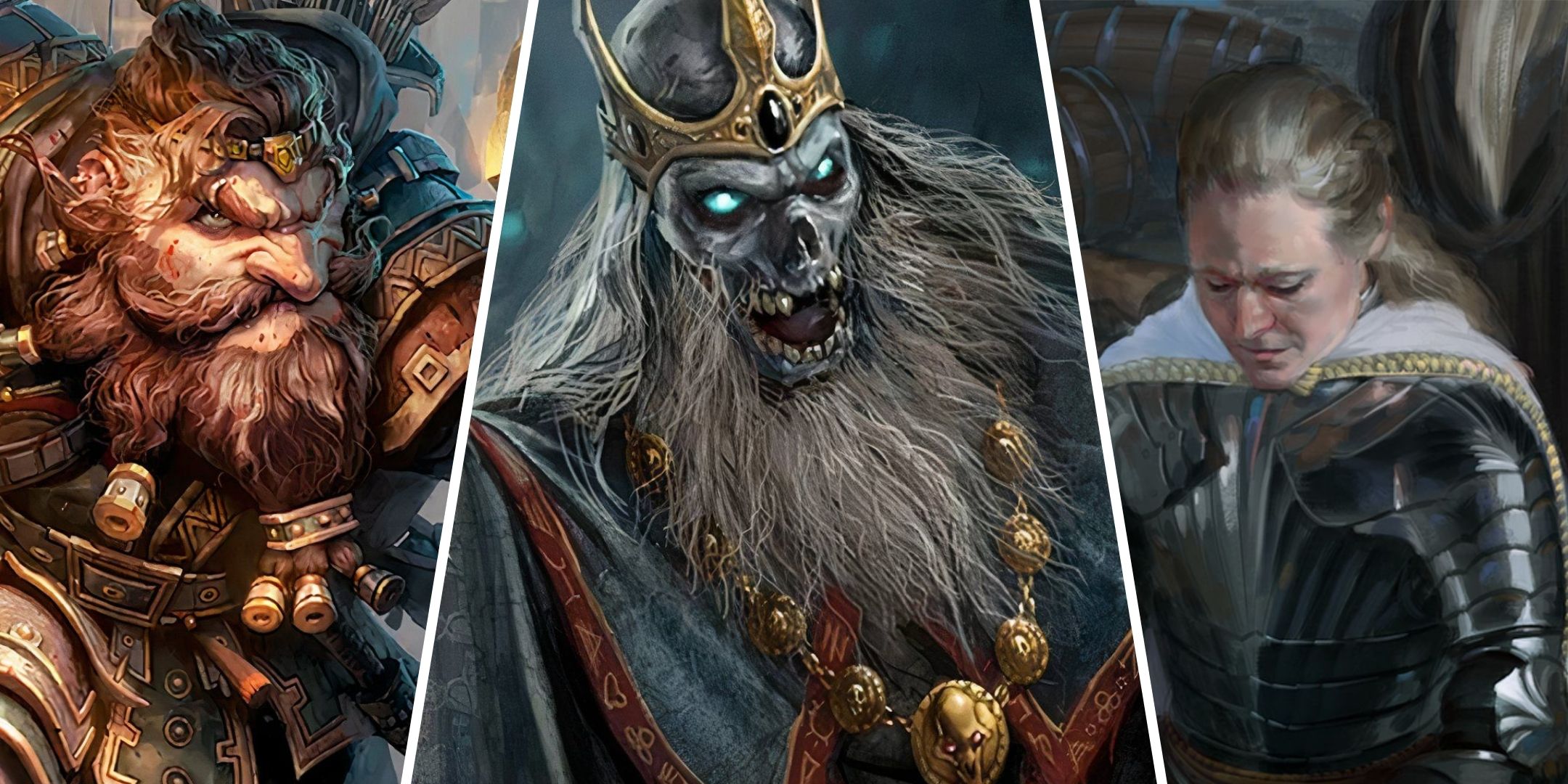
Related
10 Mistakes To Avoid As A New DM In Dungeons & Dragons
Discover beginner tips for new Dungeon Masters in Dungeons & Dragons and avoid common mistakes for better adventures.
With simple adjustments and timely adaptations, it’s possible to enhance the impact of these stories, making them even more immersive and captivating for the players involved. These improvements allow for the full potential of the stories to be realized, ensuring that each session is memorable and satisfying. Thus, pre-written adventures become powerful tools for creating unforgettable moments at the gaming table.
10
Read The Entire Adventure Before Starting
It’s Important To Know Story Details
Before starting to run a D&D adventure, it’s important for the Dungeon Master to read all the content the book offers before beginning the game with the players. This is essential to understand how the story functions, as well as its key points and the NPCs important for the plot’s development.
This not only allows the DM to run D&D modules more smoothly but also helps notice small details that aid in narration. For example, a character appearing in the early pages might not be very important at that moment, but later on, could have a greater impact. This allows the first appearance to be leveraged to make them more memorable.
9
Integrate Each Character’s Story Into The Plot
Excellent Way To Make A Pre-Written Adventure More Interesting
Although they feature interesting stories, these pre-written D&D adventures usually do not integrate with the backgrounds of the characters at the table. Therefore, one of the main tips for dungeon masters aiming to make running Dungeons & Dragons modules more interesting is to find ways to incorporate the players into the main plot.
This adjustment can be made in various ways, from a subtle approach, such as an NPC having a relationship with someone in the group, to a more radical method, where a segment of the ready-made adventure is entirely dedicated to character development. Through these modifications, the story becomes more engaging, allowing everyone to truly feel part of it.
8
Be Flexible With Story Development
Ability To Improvise If The Narrative Takes Another Path
While a pre-written adventure offers an interesting structure to follow, it’s important for the DM to be ready to improvise, especially since players’ decisions might take the story in a different direction than the Dungeons & Dragons module anticipated. Instead of forcing the group to follow the established path, adjusting the story to the players’ choices enhances the experience.
This approach makes each adventure unique and more dynamic, as players feel their actions have a real impact on the plot’s progression. Whether through changes in the main plot or altering an NPC’s behavior, this flexibility keeps the game moving and creates a unique story that reflects the players’ creativity.
7
Make NPCs More Interesting
All Adventures Have Characters That Will Capture Players’ Attention
By reading the entire adventure before running it, the DM can identify which NPCs in a campaign have the potential to capture the party’s attention and prepare something memorable for them in advance. Developing a personality and a bit more of the backstory for these secondary characters is an excellent way to make them more interesting.
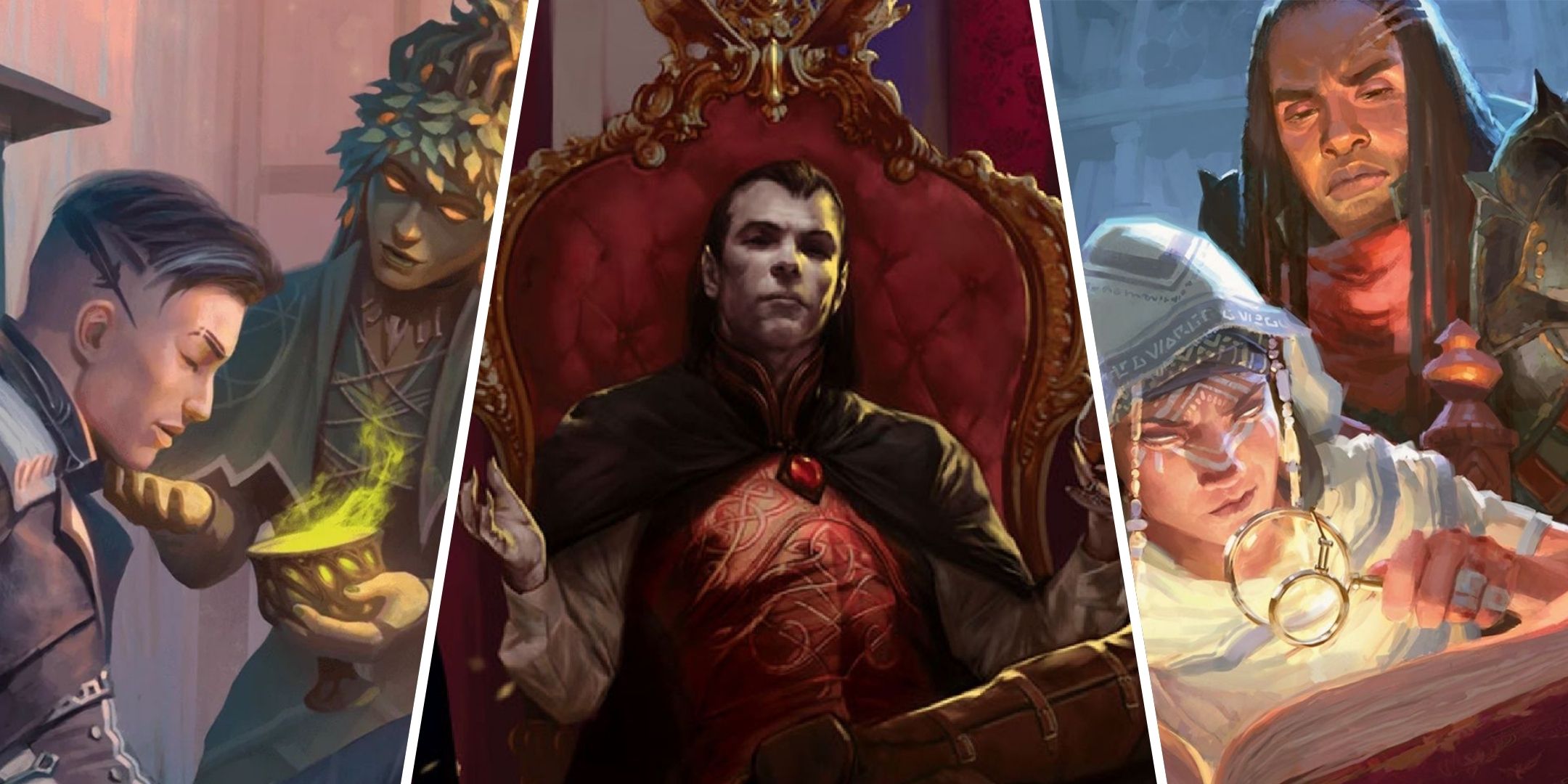
Related
Dungeons And Dragons: 10 Things To Avoid When Creating NPCs
Avoid common NPC creation pitfalls in D&D to craft memorable characters that enhance gameplay and enrich your campaign’s narrative.
Other details such as mannerisms, voice tone, or even personal preferences, like always eating a certain type of food, can transform a generic character into a memorable NPC that enriches the players’ adventure in Dungeons & Dragons. Additionally, being prepared to respond to interactions consistently makes them more believable and engaging.
6
Don’t Memorize Every Detail
This Makes The Adventure Less Rigid
Although it’s essential for the Master to read the complete adventure, memorizing every minor detail can make the narration rigid. This can lead the Master to follow the book mechanically, limiting spontaneity and the ability to adapt to unexpected player choices during the session.
Focusing only on the key points of the adventure allows for more natural and flexible improvisations. This approach lets the Master adapt the story to the players’ actions, keeping the experience dynamic and engaging. The story thus becomes a collaborative effort, where the plot flows with the group’s creativity without losing the main focus.
5
Adapt The Adventure For A Better Pace
Mix Combats With Exploration And Roleplay
Maintaining an appropriate pace is essential to ensure the adventure engages the players in Dungeons & Dragons. Many pre-written modules tend to focus on a single aspect of gameplay, which can unbalance the experience. Extensive combats, while interesting, can become tiring, just as prolonged exploration or roleplay sessions can discourage those who prefer more action.
Aligning the adventure with all players’ expectations is crucial for the story’s proper development. Adapting as necessary helps cater to different preferences and keep the group engaged. This dynamic balance ensures a fluid narrative, keeping players curious and invested in the plot’s developments.
4
Avoid Spotlighting Just One Player
All Characters Should Have Their Moment To Shine
During the narrative, it’s common for one player to stand out and seem to take on the protagonist’s role, drawing the story’s focus on themselves. However, it’s up to the Dungeon Master to balance the narrative, ensuring all players have moments to shine. This way, each character feels equally important in the journey and connected to the main plot.
Dungeons & Dragons is a collaborative narrative where everyone should share the spotlight. To achieve this, the Master can create specific scenes that highlight each character’s unique talents or introduce NPCs and challenges related to their backstories. Diversifying interaction moments and allowing space for collective decisions helps reinforce everyone’s importance in the group.
3
Highlight The Most Important Moments Of The Story
Enhance Emotion With Details And Setting
Elevating key scenes, such as epic confrontations with a formidable boss, intensifies everyone’s experience. Engage participants with detailed descriptions of the setting and emphasize each decisive strike or spell, creating a vibrant atmosphere. Choose soundtracks that match the tension and narrate each event dynamically, reinforcing the significance of these moments.
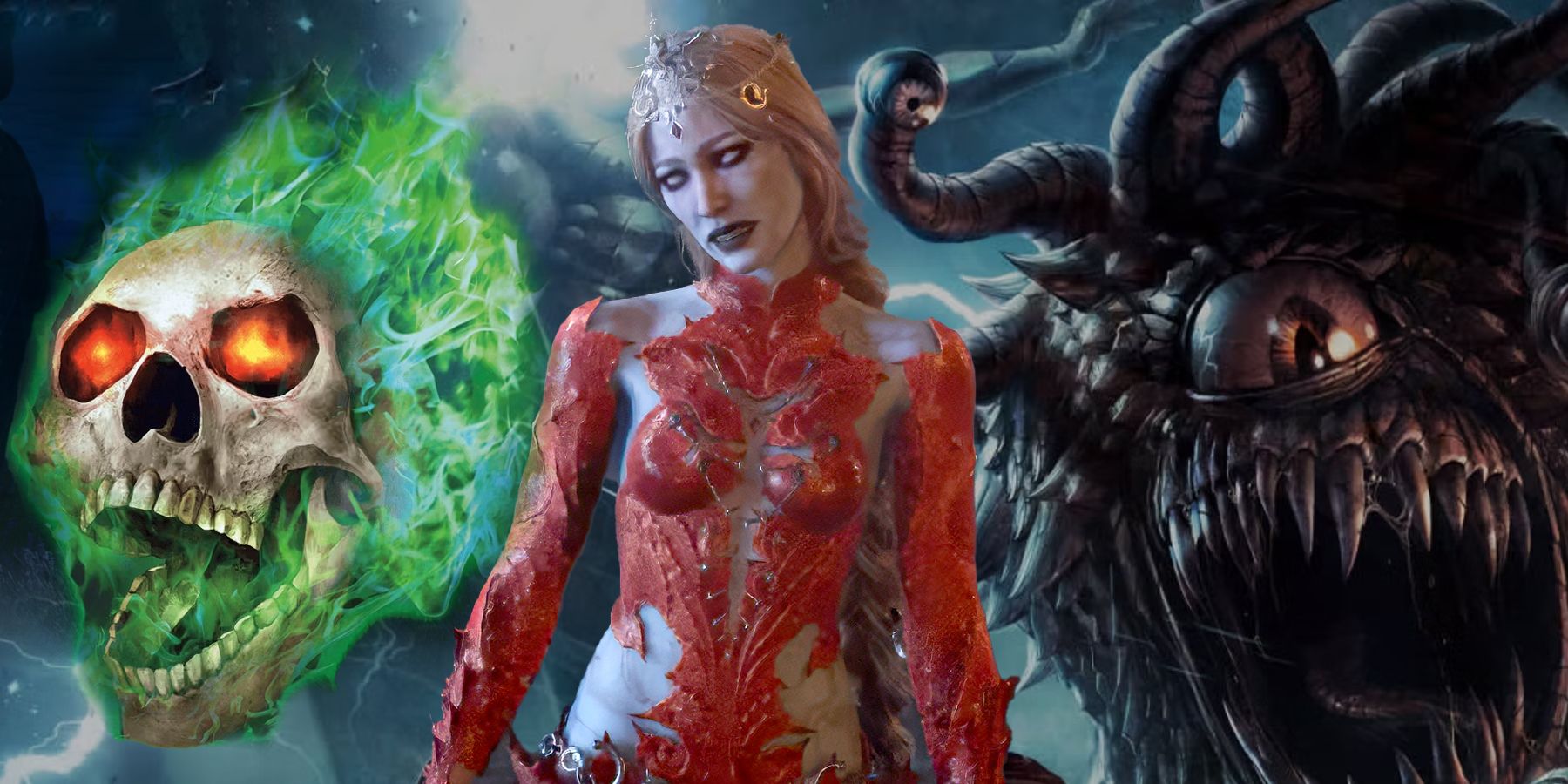
Related
The 36 Strongest Boss Monsters In Dungeons & Dragons, Ranked
Dungeons & Dragons is plenty challenging, but these boss monsters make things tough for even the most experienced players.
This approach generates an intense mood, helping players feel the urgency of danger and the grandeur of the challenge. When the group realizes that each confrontation could be decisive, everyone becomes more involved in the plot. Using lighting effects, dramatic pauses, and vivid narrations enhances the emotional impact of these battles.
2
Encourage Players’ Creativity
Reward Creative Solutions That Deviate From The Script
Pre-written modules typically offer already structured paths, but valuing original ideas enhances everyone’s experience. When a player proposes a solution outside the official options, embrace the boldness and assess its potential. This type of reward fosters innovation, giving the table a unique character that stands out from traditional scripts.
Rewarding creative initiatives doesn’t mean completely deviating from the main plot. Instead, it allows for greater collaboration between the master and players, fostering trust. Small achievements or modifications to official rewards can reinforce the group’s satisfaction. By recognizing inventive efforts, an environment is created where imagination thrives and fun increases.
1
Be Open To Players’ Feedback
A Dungeon Master Should Always Align With Players’ Expectations
Throughout a Dungeons & Dragons campaign, players’ opinions can change as the story progresses. Exciting scenes or unexpected challenges can alter the group’s expectations. Regularly talking with the players allows the Master to align the narrative’s pace and ensure the experience remains fun and engaging for everyone.
Seeking feedback helps adjust campaign elements, whether balancing combats, creating more exploration moments, or deepening social interactions. This exchange also shows that the Master values the players’ experience, strengthening the group’s bond. Incorporating suggestions in a balanced way keeps the story fluid and personalizes the adventure according to everyone’s preferences.
Dungeons and Dragons
- Franchise
-
Dungeons & Dragons
- Original Release Date
-
1974-00-00
- Designer
-
E. Gary Gygax
, Dave Arneson
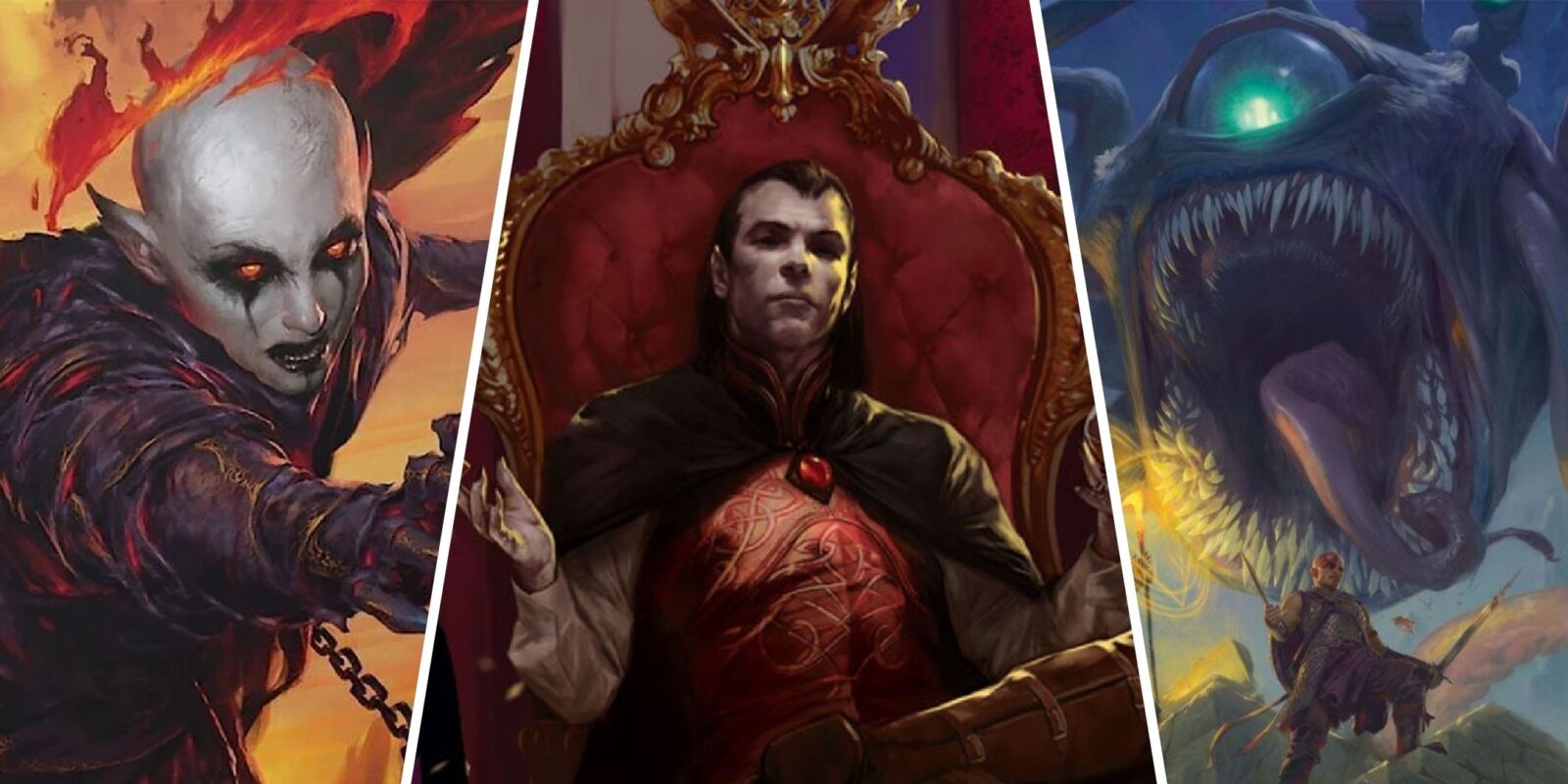
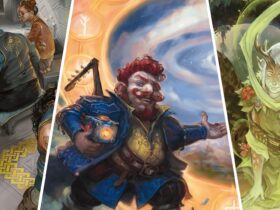
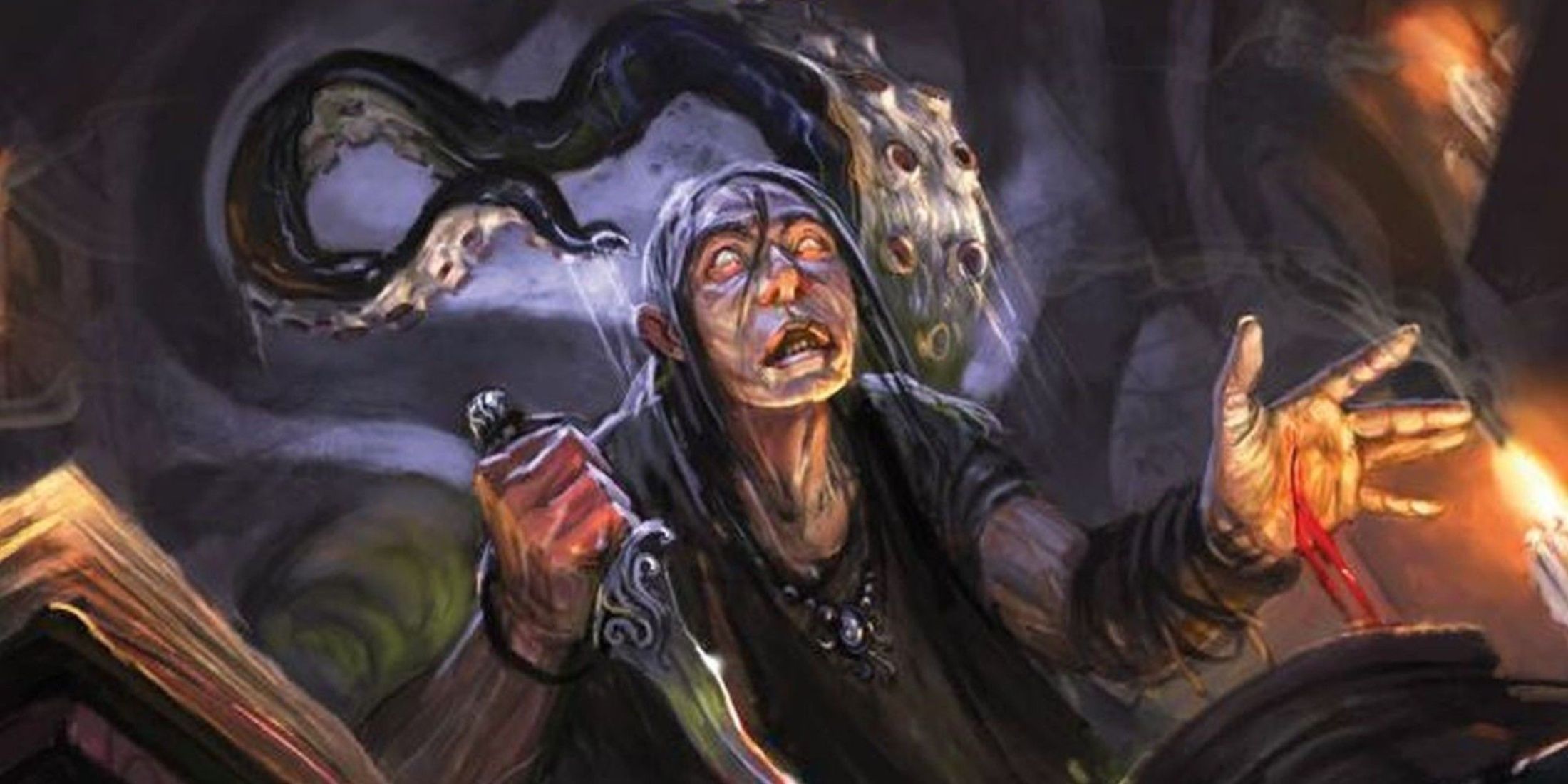
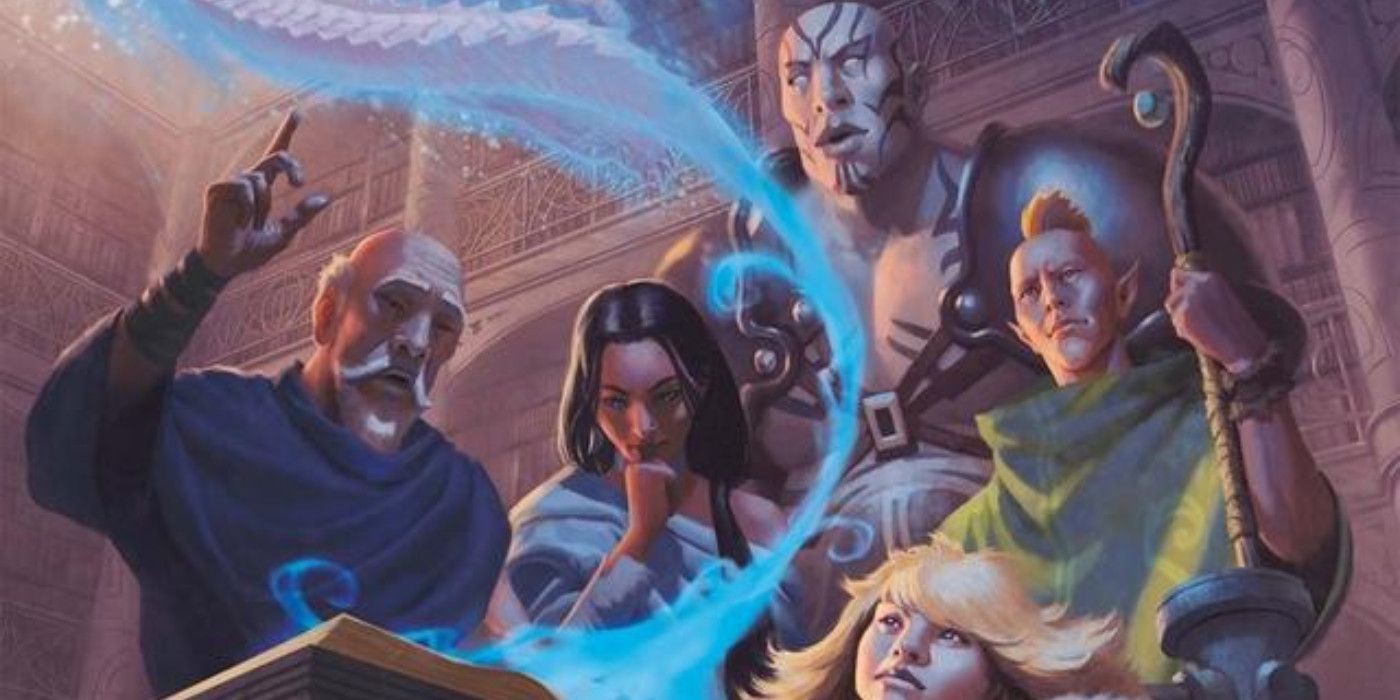
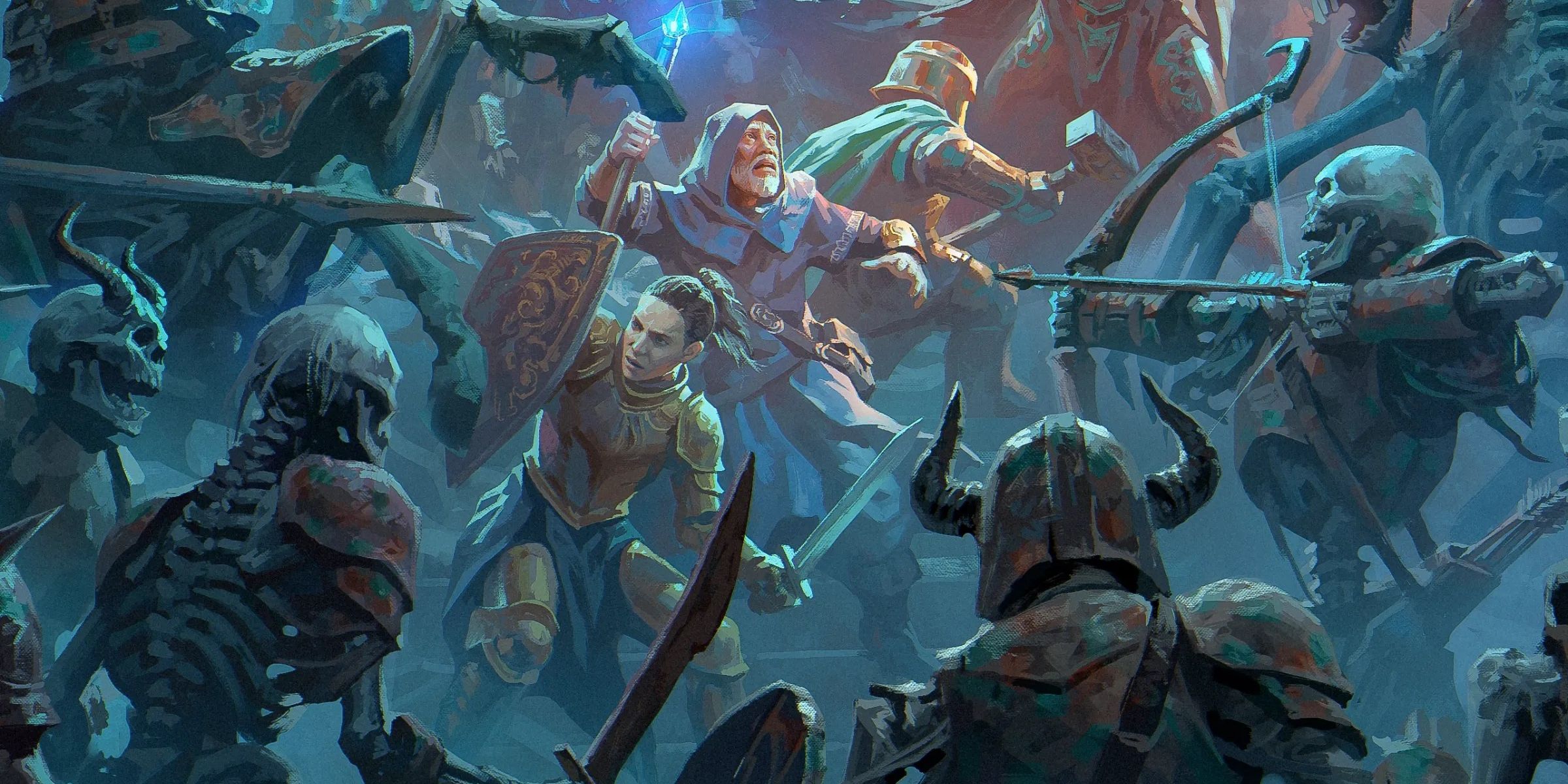
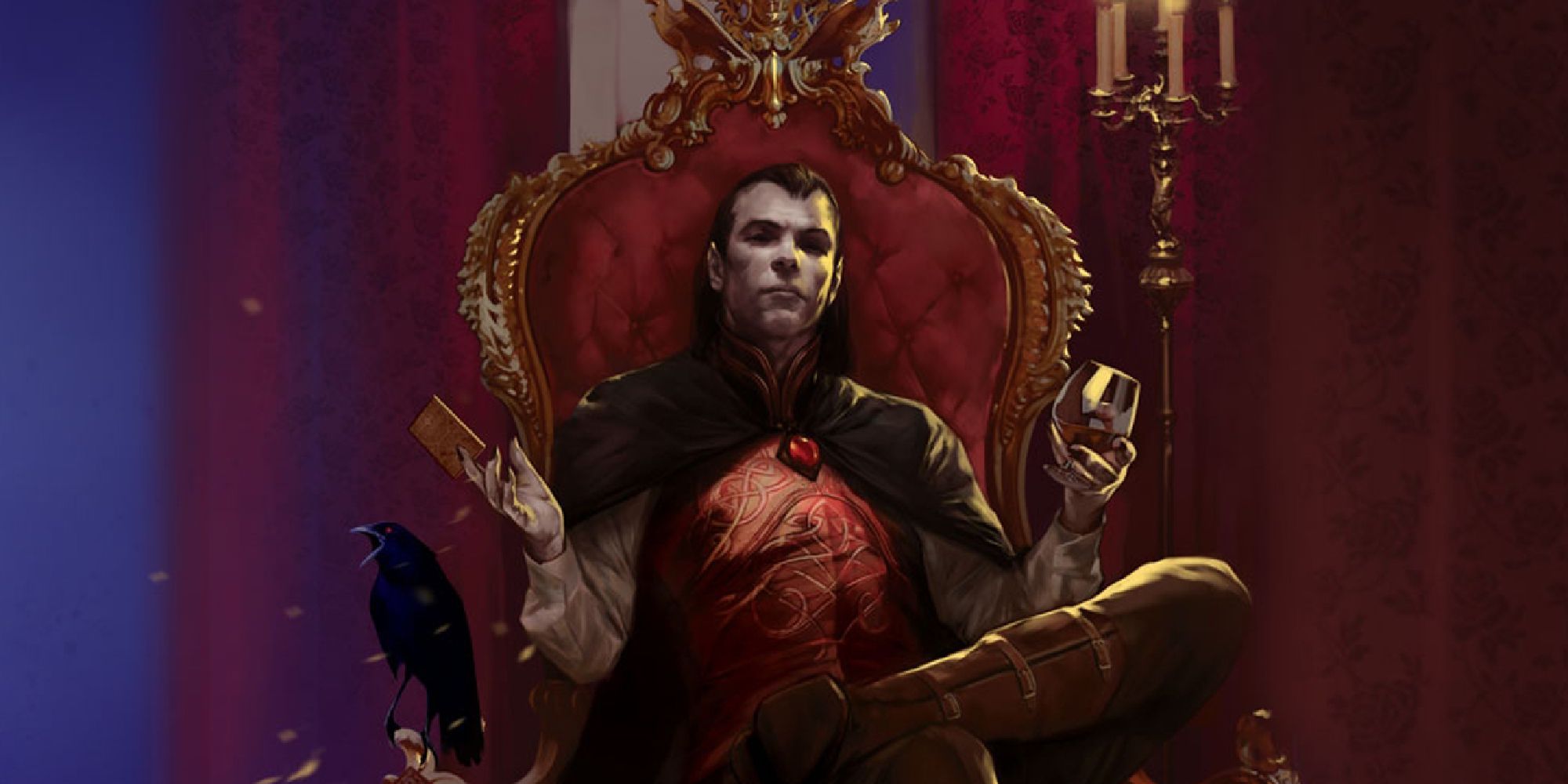
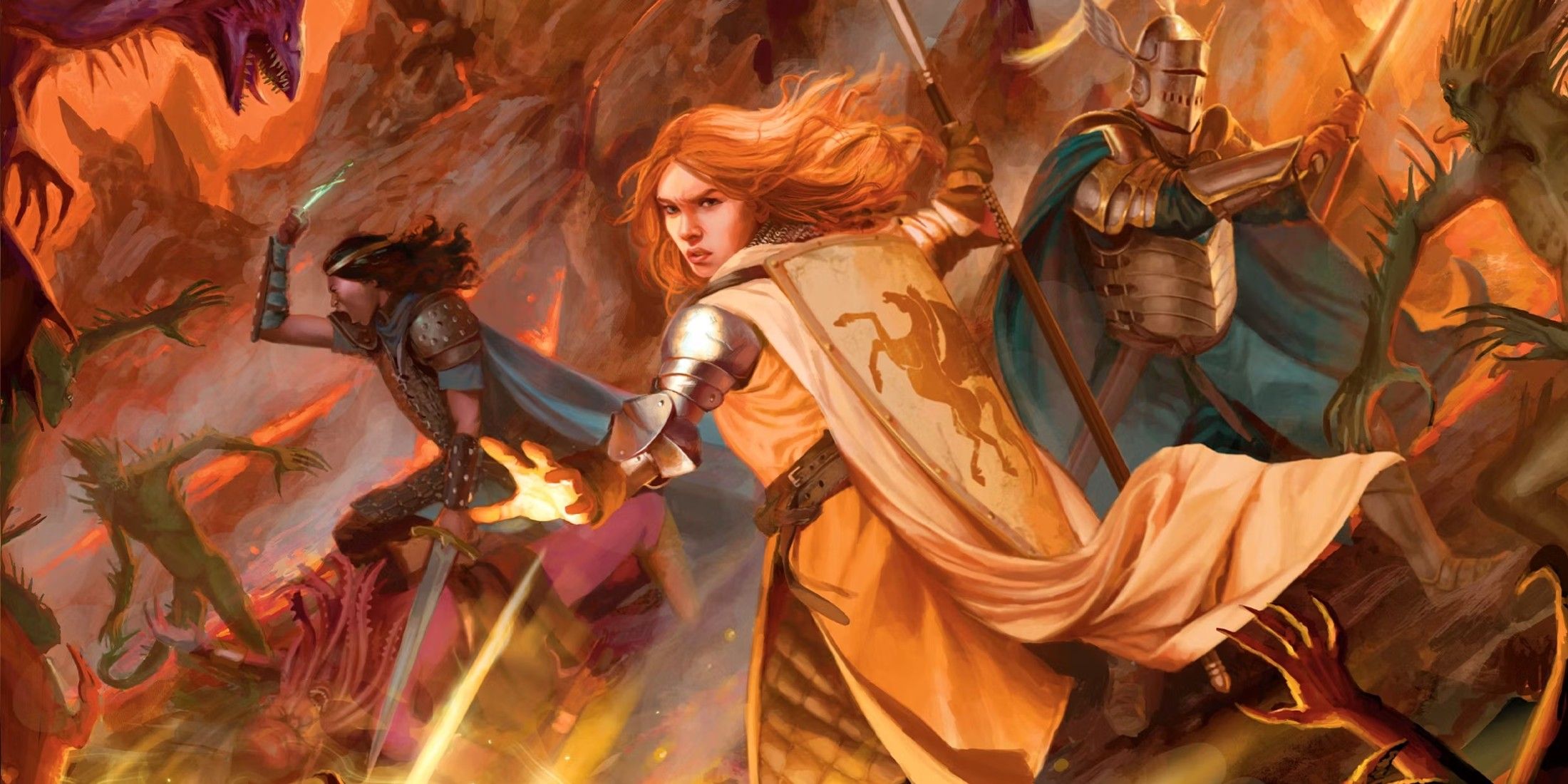
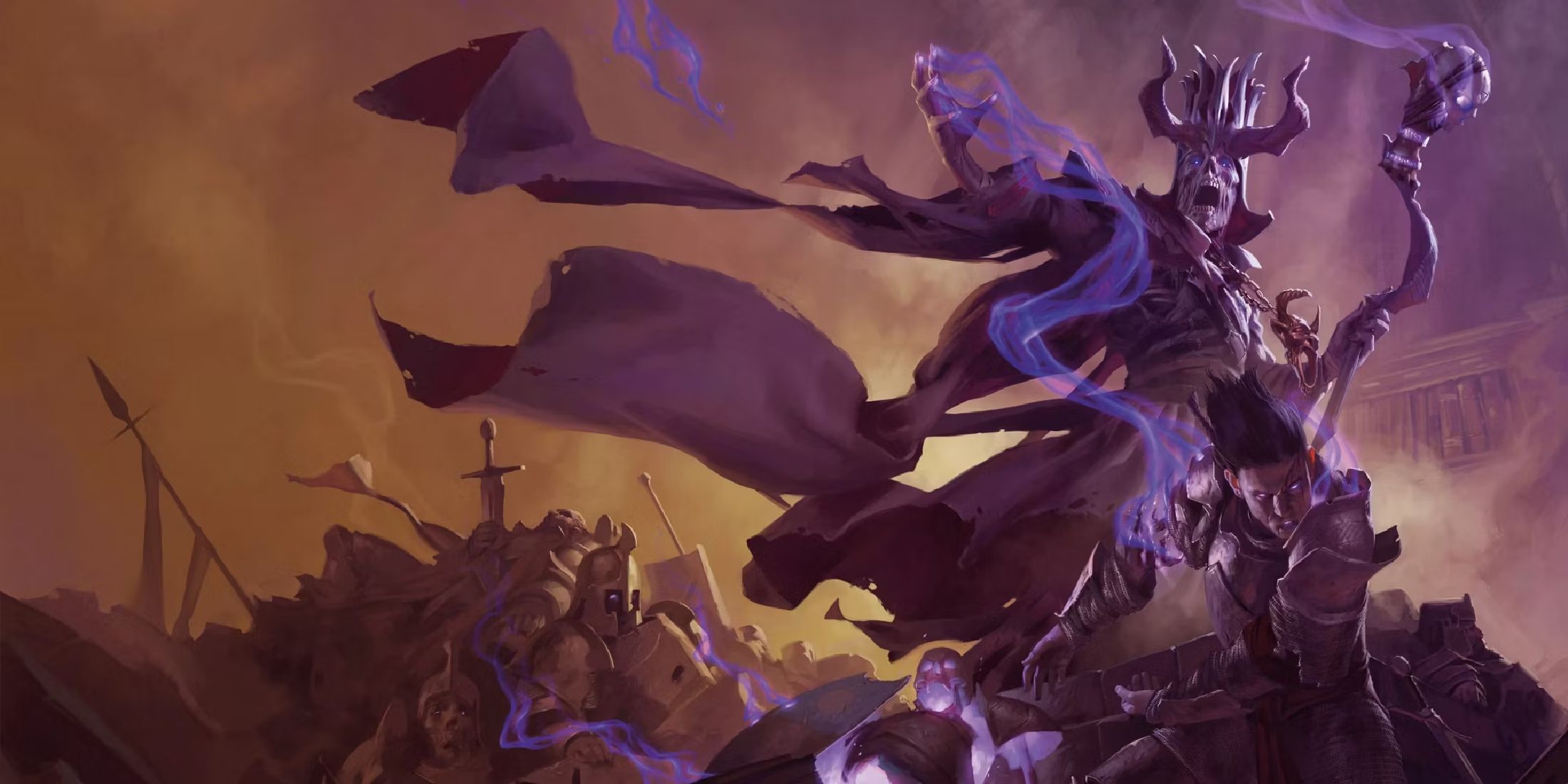
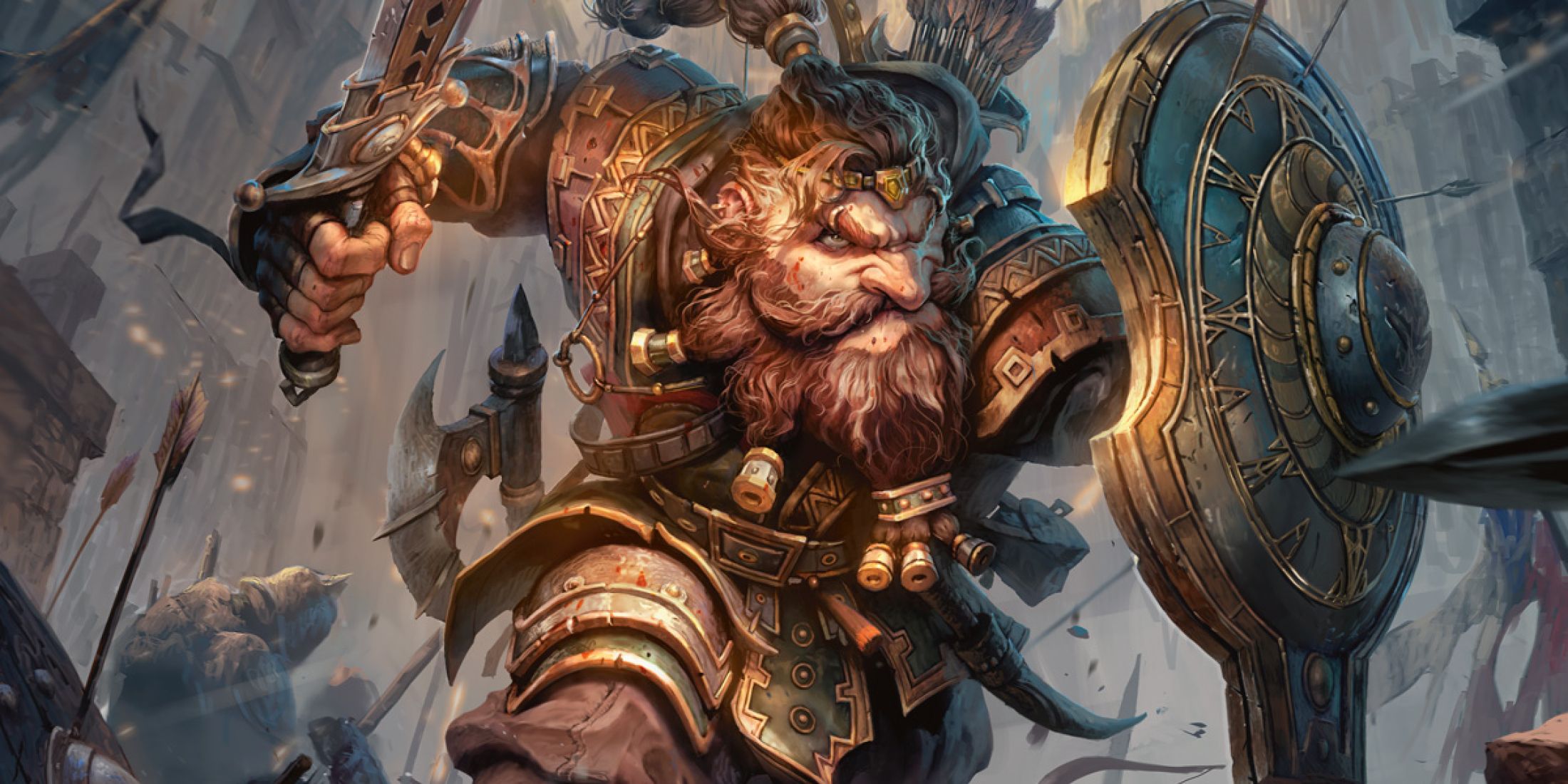
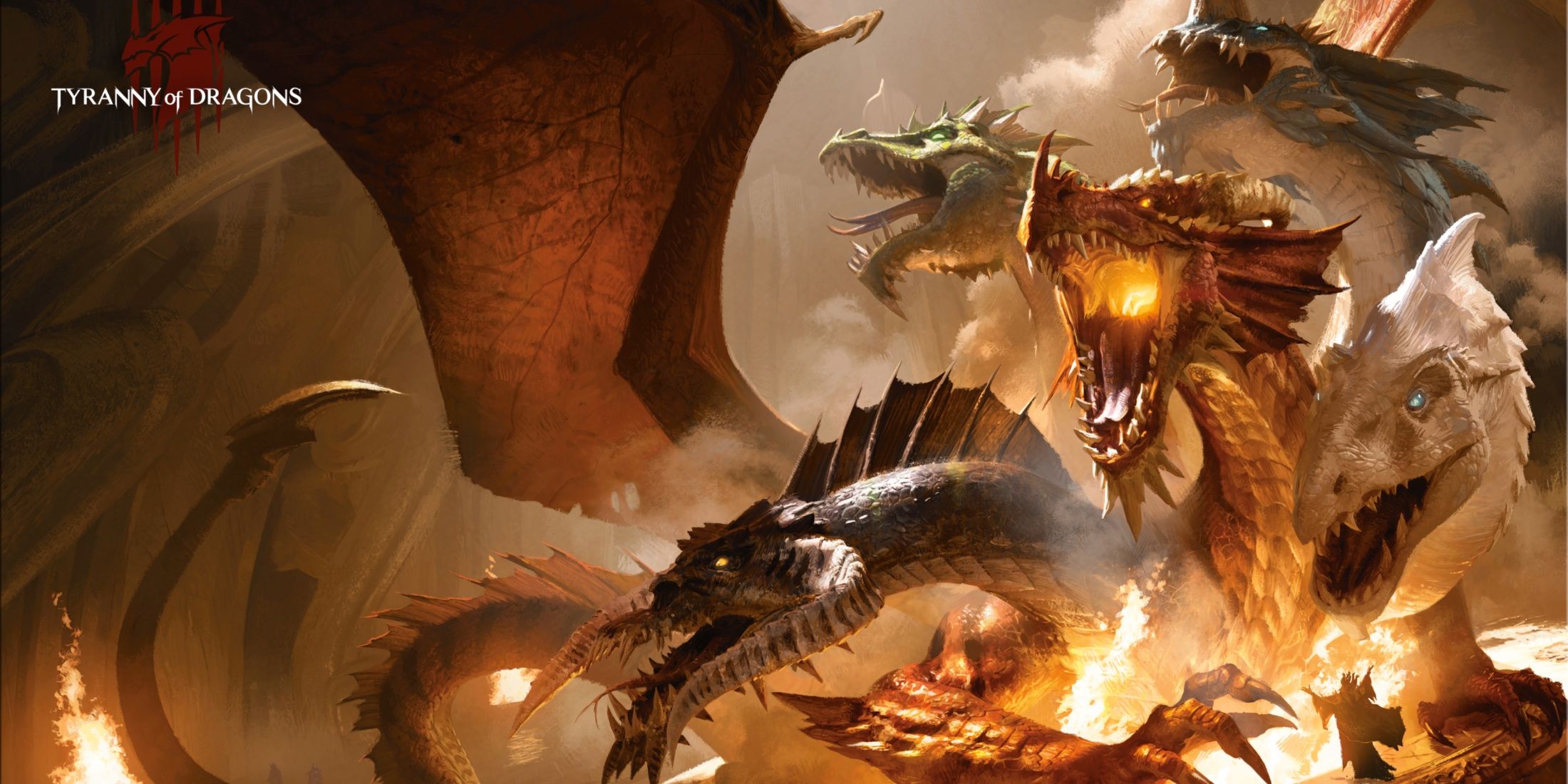
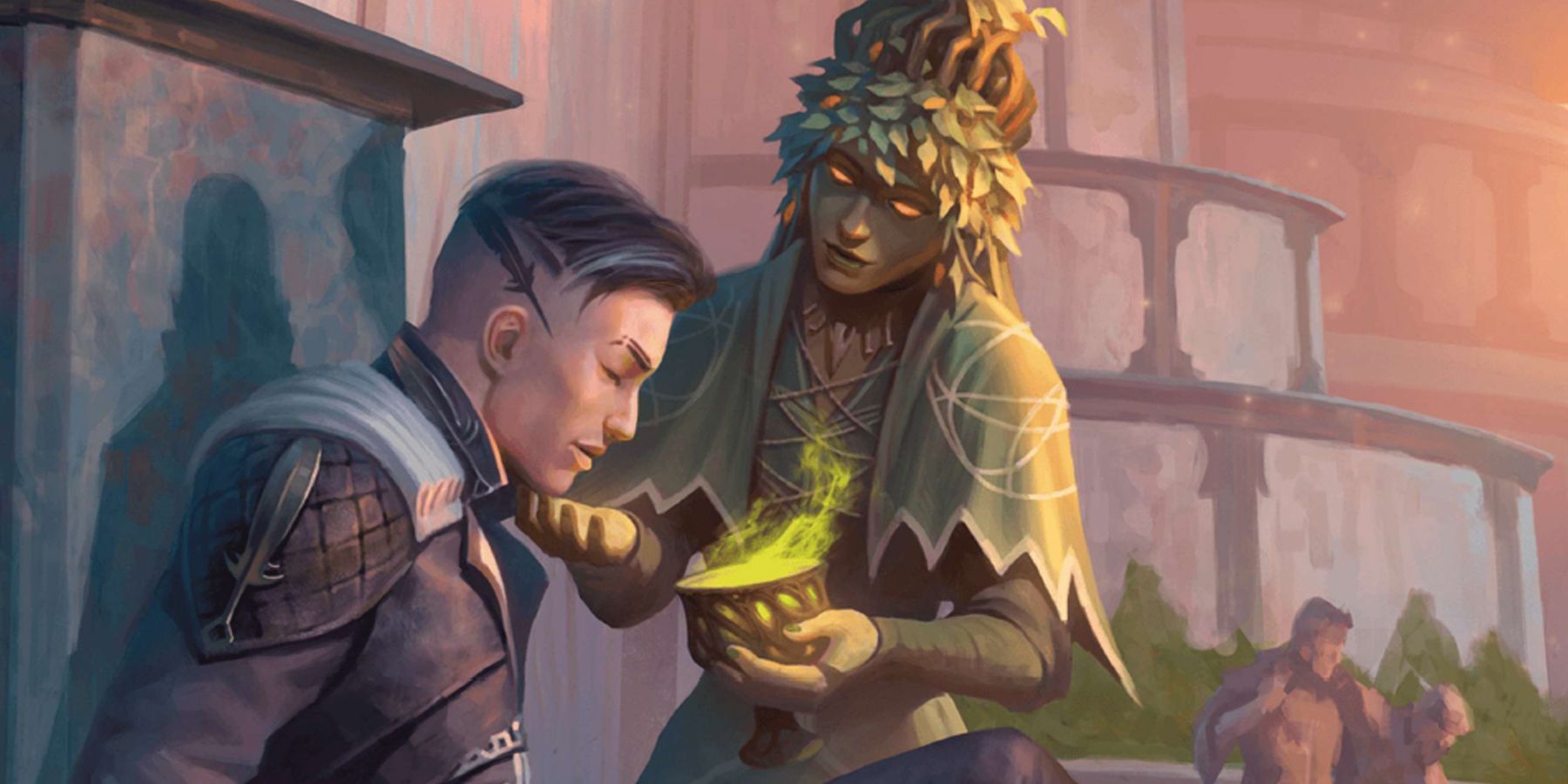
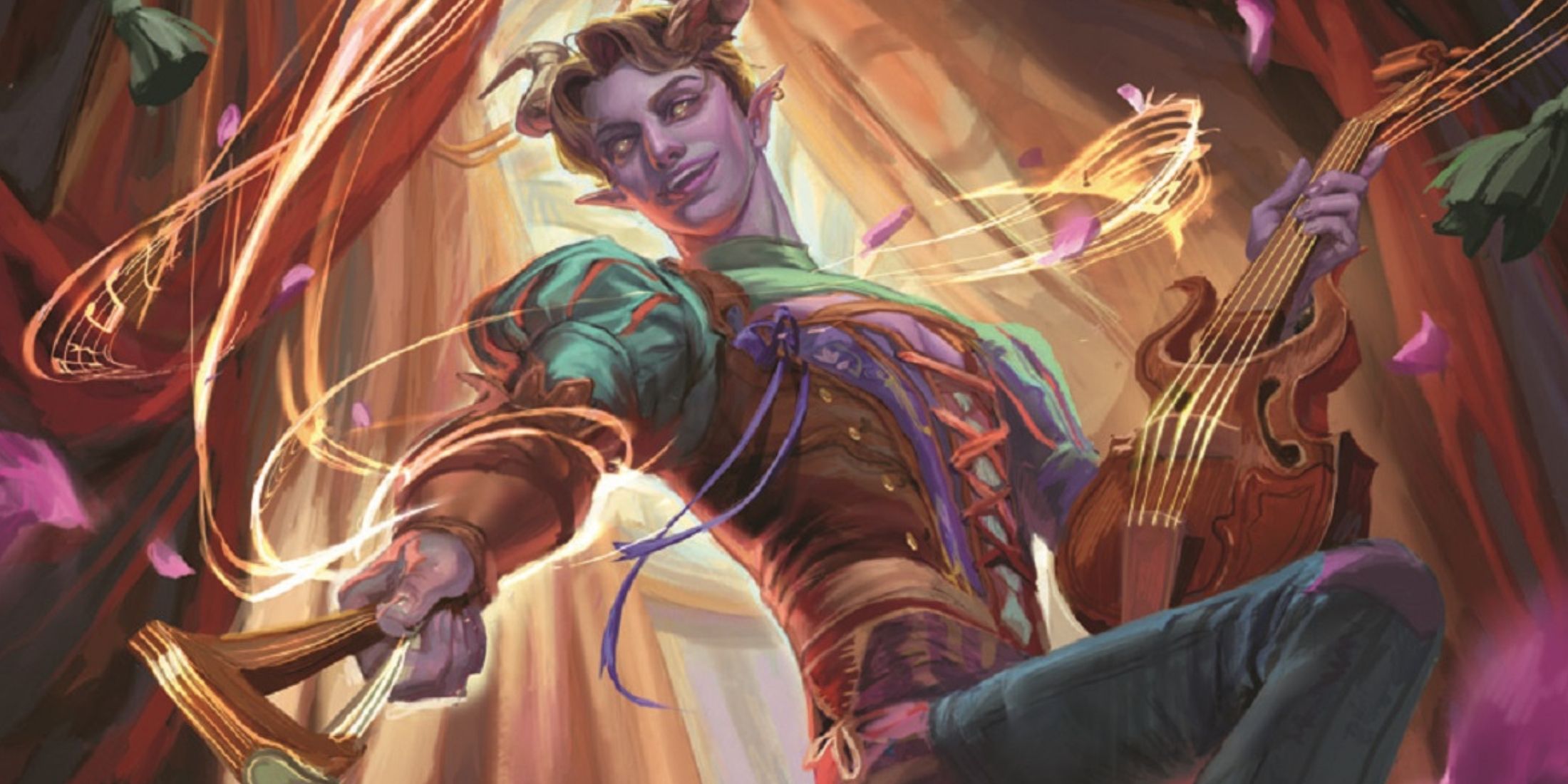




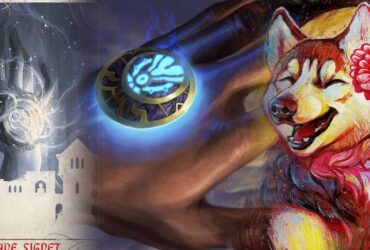
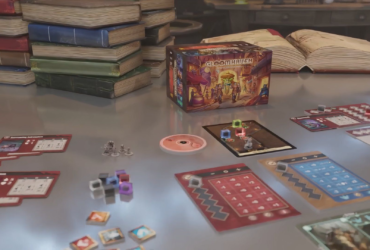
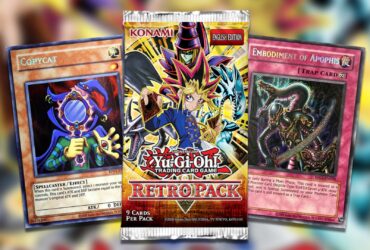


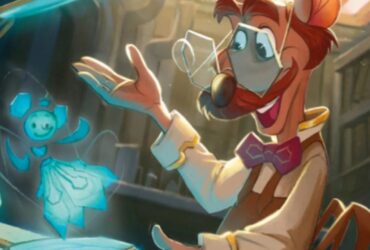
Leave a Reply